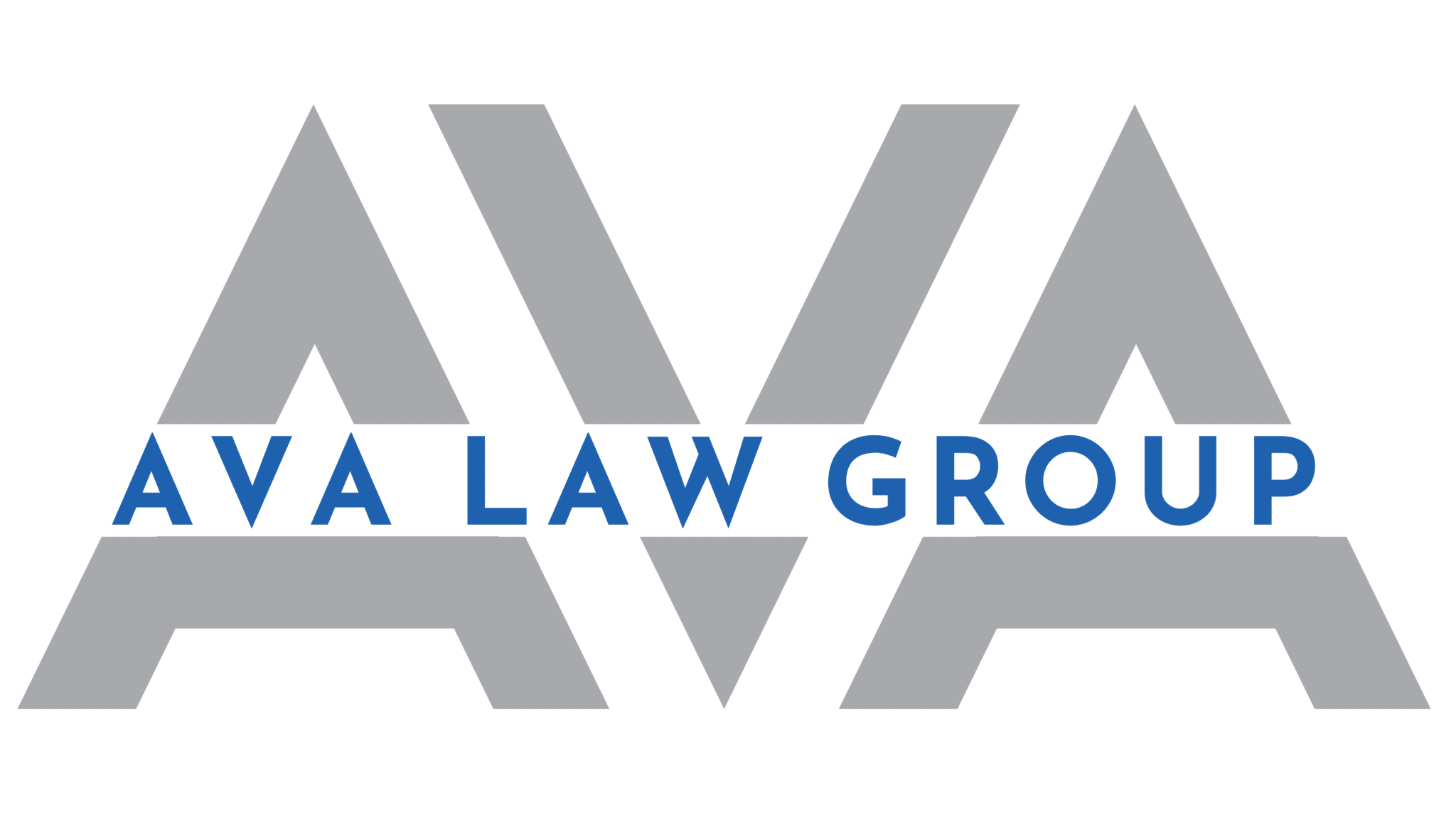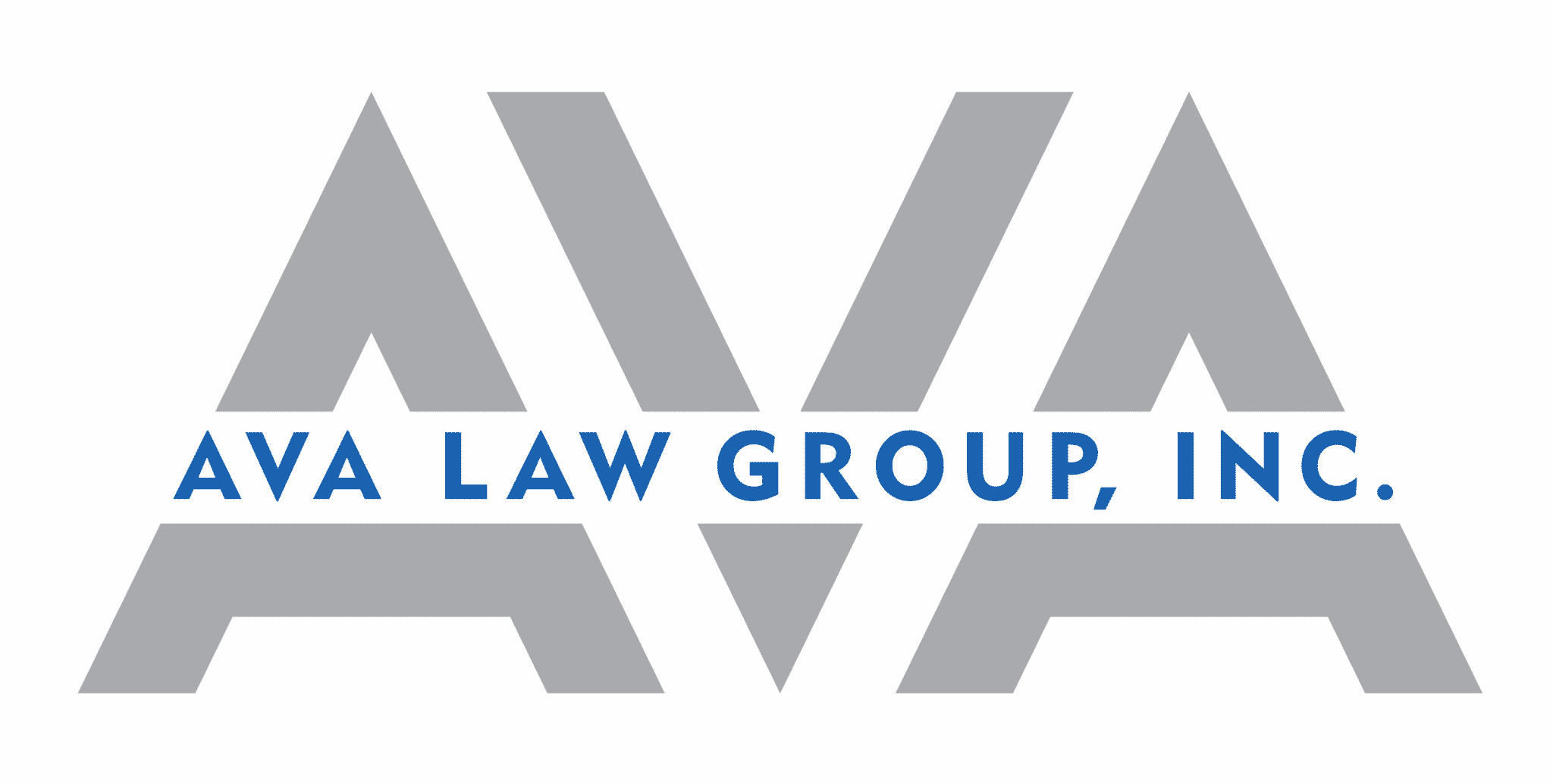Aloha,
I hope this message finds you and your ‘Ohana safe and well. I’m reaching out regarding your case related to the devastating Maui fires to share an important update from the Hawaii Supreme Court.
Yesterday, I was in Honolulu for our argument before the Hawaii Supreme Court on Oahu. The issues the Court was considering are as follows:
Question 1: Does the holding of Yukumoto v. Tawarahara, 140 Hawaii 285, 400 P.3d 486 (2017), that limited the subrogation remedies available to health insurers to reimbursement from their insureds under HRS § 663-10 and barred independent actions against tortfeasors who settled with the insureds, extend to property and casualty insurance carriers?
Question 2: Is a property and casualty insurer’s subrogation right of reimbursement prejudiced by its insured’s release of any tortfeasor when the settlement documents and release preserve those same rights under HRS § 663-10?
Question 3: Given the circumstances of the Maui Fire Cases and the terms of the “Global Settlement,” does Hawaii law require that insureds be fully compensated for all claimed injuries or damages before their insurers can seek subrogation or reimbursement from a third-party tortfeasor?
So what exactly does that mean? Essentially, this is about insurers trying to claim a portion of the money that should rightfully go to you before it even reaches you.
Overall, I felt the Justices were more sympathetic to your position than to the insurance companies. In fact, the insurance companies’ lawyers tried to frame themselves as the heroes in this case—claiming they paid out claims and deserved recognition for supposedly saving the day for Maui residents.
The picture they tried to paint was, frankly, appalling. These insurance companies make billions of dollars every year from the premiums their policyholders pay. Simply honoring their obligation to pay out claims doesn’t make them great—it just means they did what they were supposed to do. It just cuts into the bonuses of their executives and the massive profits they make.
I walked away thinking the Supreme Court justices will likely send the case back to Judge Cahill on Maui to determine how much the carriers should get, making that the final decision. Ultimately, we will see once their ruling comes down.
So what happens next? We wait for the Supreme Court’s ruling. The Chief Justice closed the hearing by acknowledging the urgency of the matter and assuring that a decision would be issued as soon as possible.
One step closer, my friends. Be well, take care of one another, and I’ll be back with another update next Friday.
Mahalo and Aloha,
Andrew Van Arsdale

